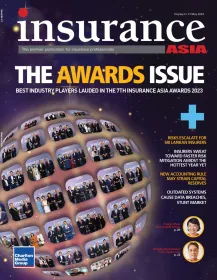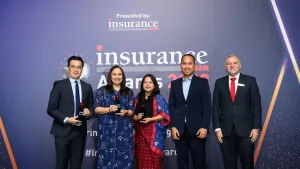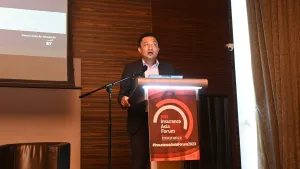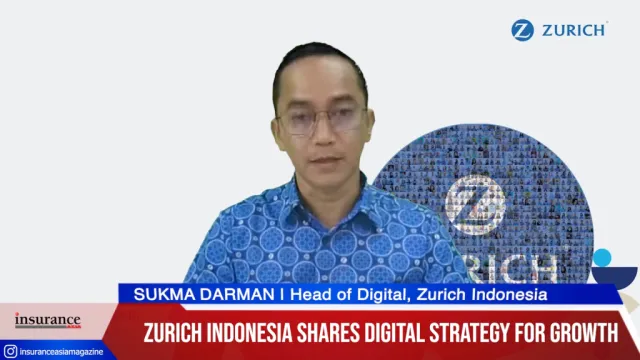
Will India’s motor insurance decline remain in the rearview mirror?
The recent increase in new auto sales helps get the industry back to the growth path.
In India, the motor insurance segment that witnessed a decline in FY2020 is on the road to recovery in FY2021. Thanks to the private sector leading the charge with some increase in motor vehicle sales, reported CARE Ratings, a research and analytics firm.
Gross written premiums are expected to grow by 6% to 7% by the end of India’s FY2021 in March next year.
The report said that motor insurance premiums business declined by 1.6% in 2020, a muted estimate as insurers accounted for renewals.
“In the recent months of FY2021, although the cumulative motor insurance premiums have reverted to growth, the cumulative August 2021 numbers continue to be lower than the pre-pandemic cumulative August 2019 numbers,” CARE Ratings said.
Private insurers
In Motor third-party insurance (TP), public sector companies have turned from a majority share to slightly over 38% share in August FY2021. This downtrend is particularly important as the motor TP segment has emerged as the larger segment driving the overall motor insurance growth.
Meanwhile, the public motor own-damage insurance (OD) market share in August 2021 was lower at 24.3% versus 27.8% from last year; private motor OD share in August at 75.7% versus 72.2% last year.
The motor insurance industry is mostly led by the rising demand for personal vehicle space that may lead to a shift in vehicle ownership patterns as well as a strong demographic partnership.
Additionally, digital issuance and online channels are expected to witness continued growth, the share of web aggregators within digital insurance has been increasing constantly.
Long term, the motor insurance industry will bank on the higher sales in automobiles and crackdowns on uninsured vehicles on the road.
“However, given that no increase in the motor TP premium has been announced, the sector is expected to witness pressure on near-term profitability. Furthermore, lower auto sales, high lapse-ratio (especially in the two-wheeler segment), any unfavourable changes in macro-economic factors such as third covid wave, and uncertainties in the regulatory landscape could be characterized as key challenges to the industry growth,” CARE Ratings said.











 Advertise
Advertise












